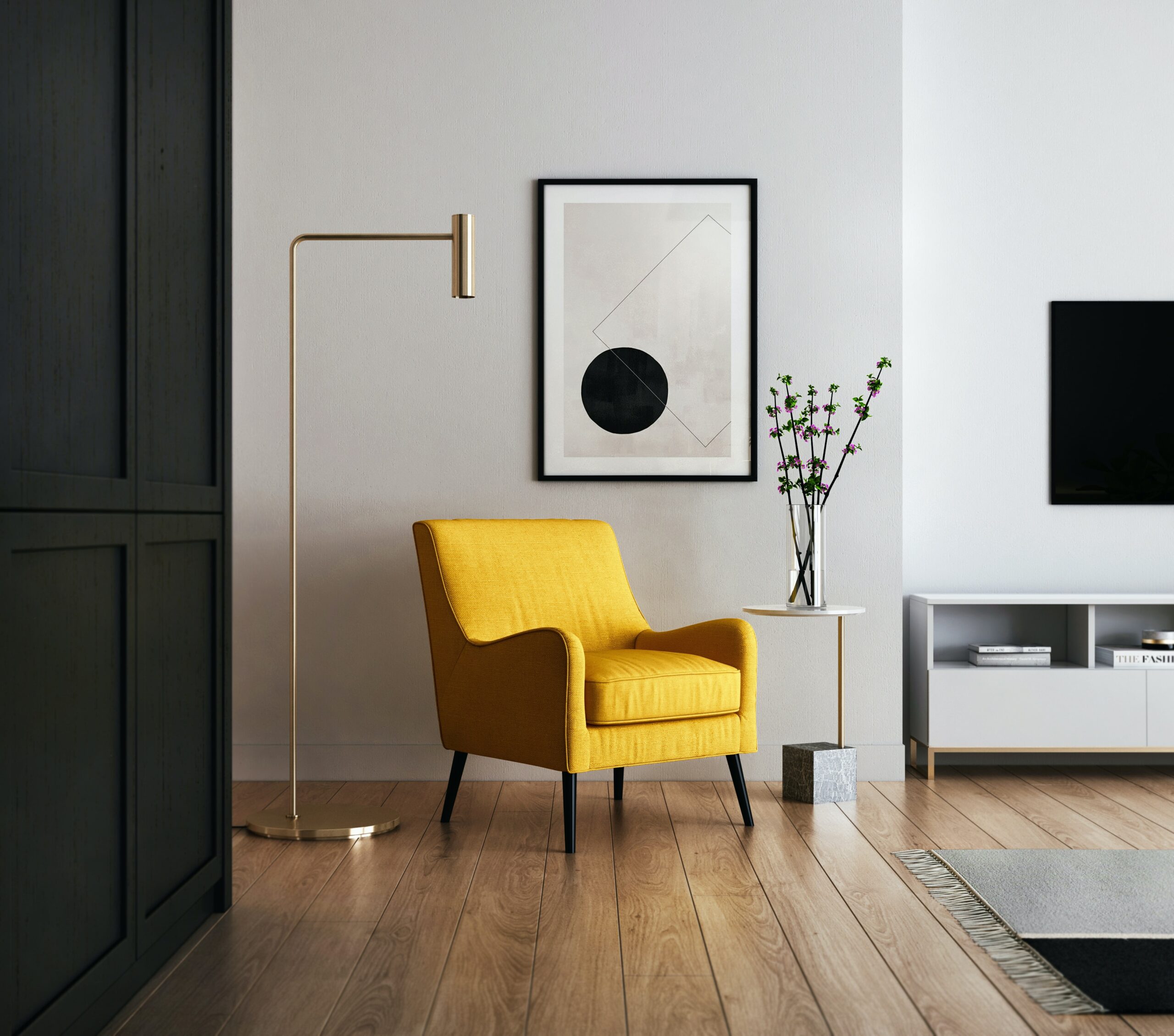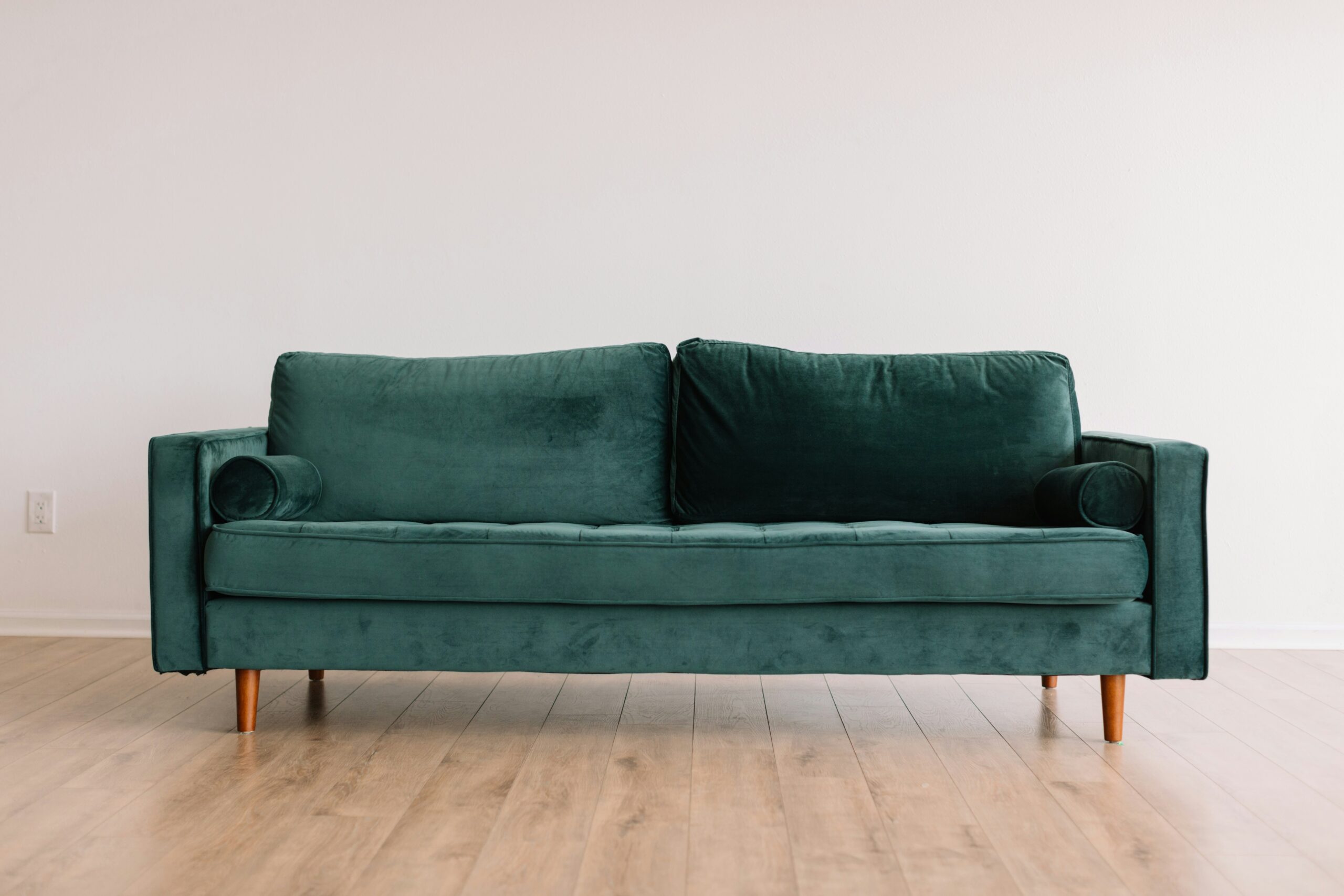Introduction
Designing a living room can be an exciting and creative process. Whether you’re moving into a new home or simply looking to refresh your current space, designing a living room that is both functional and aesthetically pleasing can seem like a daunting task, especially for beginners. However, with a little guidance and some helpful tips, you can create a living room that reflects your personal style and meets your needs. In this article, we will provide you with a step-by-step guide on how to design a living room for beginners.
Step 1: Determine Your Style
The first step in designing any space is to determine your personal style. Are you drawn to a modern, minimalist look, or do you prefer a more traditional and cozy feel? Take some time to browse through interior design magazines, websites, and social media platforms for inspiration. Create a mood board or save images that resonate with you to help define your style.
Step 2: Consider the Room’s Function
Before diving into the design process, it’s important to consider how you will be using the living room. Will it primarily be a space for entertaining guests, a cozy spot for relaxation, or a multipurpose area for both? Understanding the room’s function will help you make decisions on furniture, layout, and accessories.
Step 3: Plan the Layout
The layout of your living room will greatly impact how you and your guests interact with the space. Start by measuring the room and sketching a floor plan. Consider the focal point of the room, such as a fireplace or a large window, and arrange your furniture around it. Aim for a balance between comfort and functionality, ensuring that there is enough seating for everyone while allowing for easy traffic flow.
Step 4: Choose the Right Furniture
When selecting furniture for your living room, keep in mind both style and comfort. Invest in a comfortable sofa or sectional that fits the scale of the room. Consider adding accent chairs, ottomans, or a coffee table to create a cozy and inviting atmosphere. Don’t forget about storage options, such as bookshelves or media cabinets, to keep the space organized.
Step 5: Select a Color Scheme
Choosing the right color scheme is essential in creating a cohesive and visually appealing living room. Consider the mood you want to convey. Neutral tones like whites, grays, and beiges can create a calming and timeless atmosphere, while bold colors can add vibrancy and personality. Experiment with different color combinations and don’t be afraid to incorporate patterns and textures.
Step 6: Add Lighting
Lighting plays a crucial role in setting the ambiance of a living room. Incorporate a mix of ambient, task, and accent lighting to create a well-lit and inviting space. Install overhead lighting for general illumination, add table or floor lamps for task lighting, and use wall sconces or picture lights to highlight artwork or architectural features.
Step 7: Personalize with Accessories
Accessories are the finishing touches that make a living room feel complete. Consider adding throw pillows, blankets, and rugs to add texture and warmth. Display artwork, photographs, or personal mementos on the walls to reflect your personality. Don’t forget about plants or fresh flowers to bring life and freshness into the space.
Step 8: Bring It All Together
Once you have chosen your furniture, colors, lighting, and accessories, it’s time to bring it all together. Arrange your furniture according to your floor plan, hang artwork at eye level, and place accessories strategically. Take a step back and evaluate the overall look and feel of the room. Make any necessary adjustments until you are satisfied with the final result.
Conclusion
Designing a living room for beginners doesn’t have to be overwhelming. By following these step-by-step guidelines, you can create a living room that is both functional and visually appealing. Remember to stay true to your personal style, consider the room’s function, and pay attention to details. With a little creativity and patience, you can design a living room that you’ll love spending time in.


